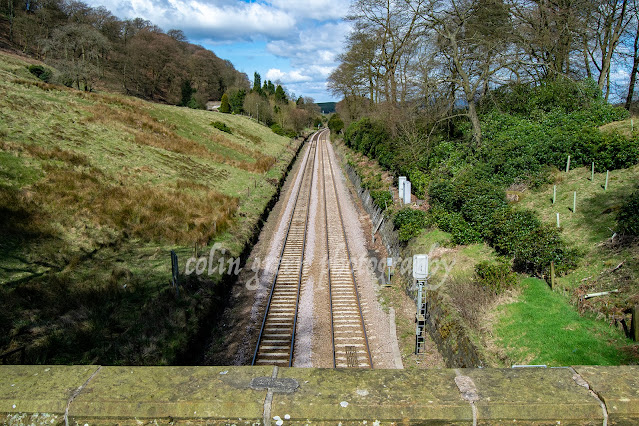Broad Street Plaza, a modern mixed-use development, has become a cornerstone of Halifax's leisure scene since its grand opening in 2012. After years of planning by the local authority, this former car park site has been transformed into a vibrant hub, offering something for everyone.
While not all units are currently occupied, the plaza boasts a diverse range of amenities, making it a popular destination for a night out, a workout, or even a staycation. For film buffs, Vue Cinemas provides a state-of-the-art cinematic experience, while fitness enthusiasts can break a sweat at Pure Gym.
Need a place to stay? The Premier Inn offers convenient accommodation right in the heart of the action. And for those seeking healthcare services, an NHS health centre is also located within the complex.
Foodies will be spoiled for choice with a variety of dining options. From the hearty grills at Beefeater and the American classics at Frankie & Benny's and TGI Fridays, to the spicy delights of Nando's and the Italian flavours of Pizza Express, there's a restaurant to satisfy every craving. And of course, no town centre is complete without a Wetherspoons – The Percy Shaw, named after the Halifax inventor of cat's eyes, offers a friendly local pub atmosphere.

































































